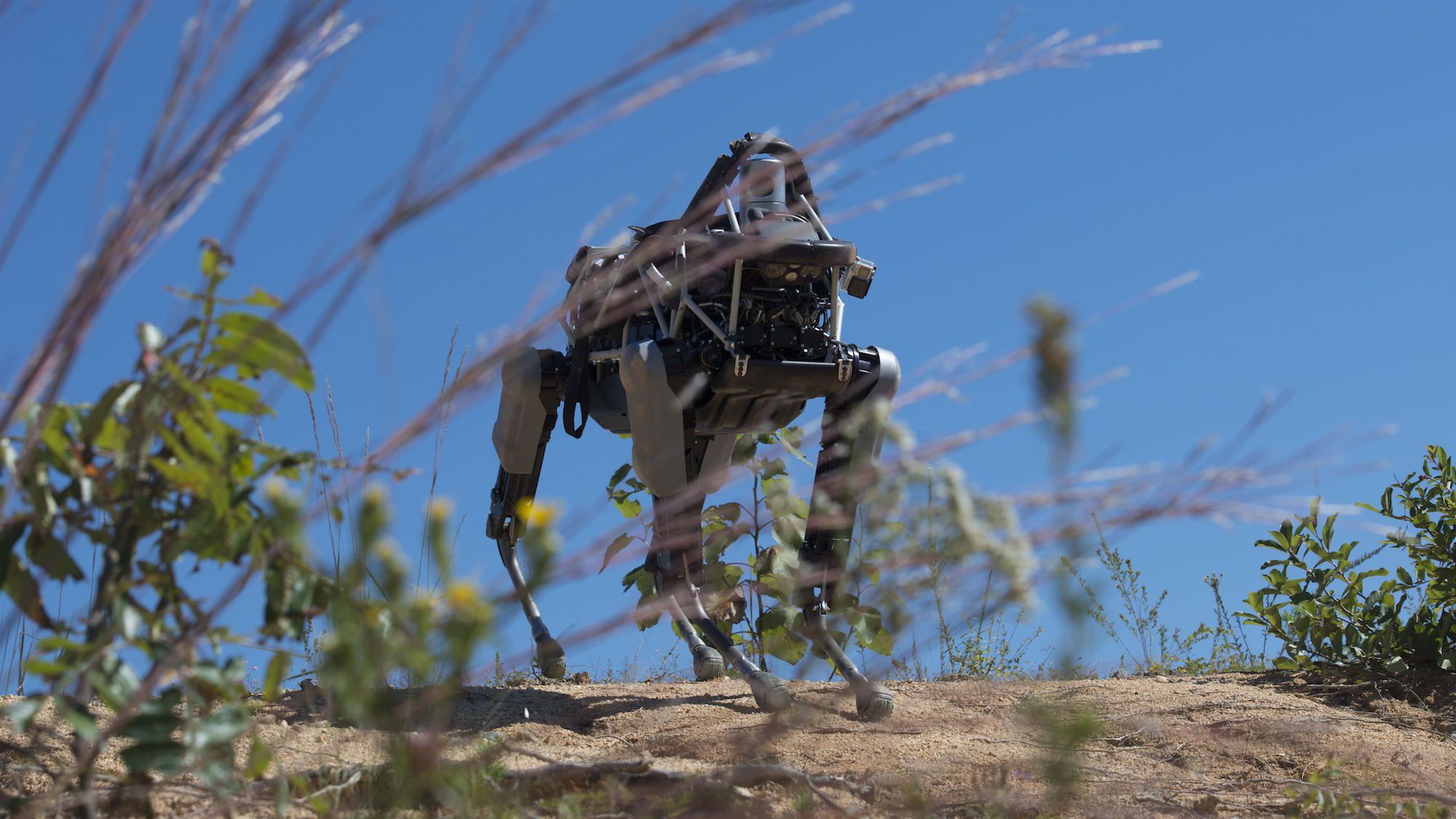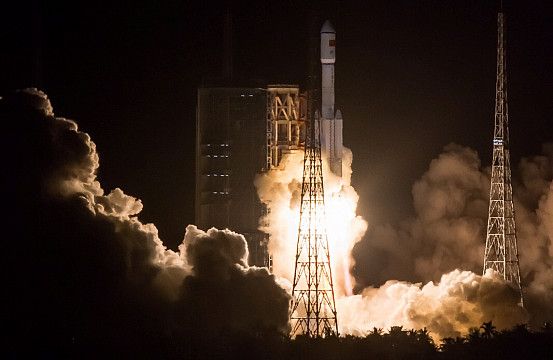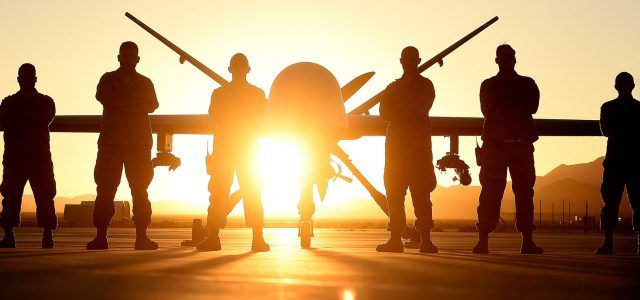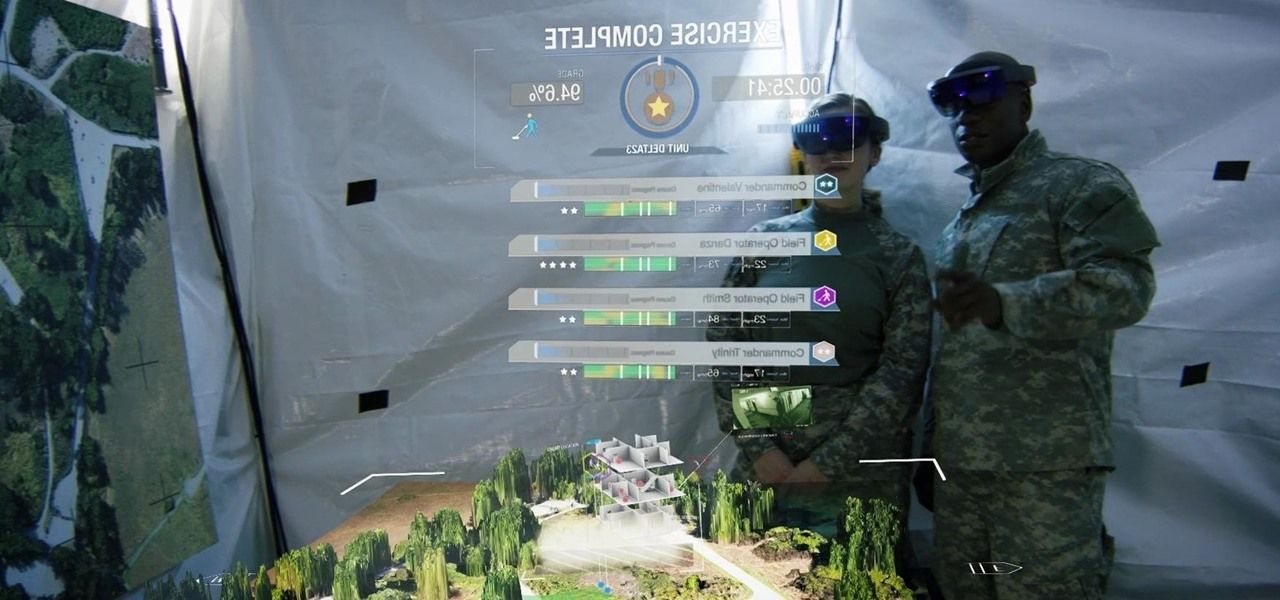JASON advisory group says Elon Musk’s singularity warnings are unfounded, but a focus on AI for the Dept. of Defense is integral.




Never ceases to amaze me what DARPA is up to these days.
Drones are everywhere these days – from using them to take elaborate selfies to launching missiles at military targets, delivering aid to war torn areas to imaging the deadly environment around lava lakes, they appear to be the multipurpose tool of the moment. Perhaps slightly strangely, then, the Defense Advanced Research Projects Agency (DARPA) wants drones to vanish into thin air. Specifically, they want drones that are biodegradable, able to fade away after completing their mission.

Flower Power!
As you well know, bullets are designed to kill people. So far, so bad, but the metallic compounds in them also tend to leach into the environment and kill off plants and wildlife too.
At training facilities the world over, the US Army uses live ammunition to gear up their soldiers for combat. These bullets just remain in the wild, and do their damage. Deciding that enough is enough, officials are now asking for proposals to design biodegradable bullets that shall harm the environment no more.
Not only that, but they are hoping that the bullets will contain seeds, specialized for each local environment, so that they will ultimately “grow environmentally beneficial plants that eliminate ammunition debris and contaminants.”

The limitless applications of 3D data visualization will enable a more efficient approach to many of life’s problems. Each day, developers exploring this technology are finding new ways to solve these problems in mixed reality; 3D modeling, easier house management, spinal surgery, and forest fire management are just a few recent examples of ways 3D data visualization can benefit us all.
The military, on the other hand, has quite a different set of problems to manage.
From a logistics standpoint, there are a lot of moving parts in the military to consider such as personnel, deployment, training, resources, and supply lines, to name just a few things that have to be managed constantly. Here we are talking big-picture ideas that could utilize 3D data visualization from a top-down view. If we scale down to real-time operations for individual missions, there’s recon, intel, tracking, and response, and this list could keep going.

More smart bullet news; and this is not a fake news flash.
THE MIL & AERO COMMENTARY, 17 Jan. 2017. Military machine guns, with minor modifications, have remained essentially the same since World War I. They’re designed to spray out a hail of metal bullets in one general direction to shred people, supplies, command centers, and lightly armored vehicles. Smart bullets rarely have been envisioned. Machine guns strictly represent a curtain of firepower in one direction; it doesn’t much matter that most of the bullets miss their targets, as long as a few manage to hit home.
Within the next fifty years, scientists at BAE Systems believe that battlefield commanders could deploy a new type of directed energy laser and lens system, called a Laser Developed Atmospheric Lens which is capable of enhancing commanders’ ability to observe adversaries’ activities over much greater distances than existing sensors.
At the same time, the lens could be used as a form of ‘deflector shield’ to protect friendly aircraft, ships, land vehicles and troops from incoming attacks by high power laser weapons that could also become a reality in the same time period.
The Laser Developed Atmospheric Lens (LDAL) concept, developed by technologists at the Company’s military aircraft facility in Warton, Lancashire, has been evaluated by the Science and Technology Facilities Council (STFC) Rutherford Appleton Laboratory and specialist optical sensors company LumOptica and is based on known science. It works by simulating naturally occurring phenomena and temporarily — and reversibly — changes the Earth’s atmosphere into lens-like structures to magnify or change the path of electromagnetic waves such as light and radio signals.
That’s been the plan for a while.
The Pentagon’s Defense Advance Research Project Agency (DARPA), the agency responsible for the development of emerging technologies for use by the military, has facilitated the development of a robotic system to take over flying duties from military pilots. According to DARPA, the program, known as Aircrew Labor In-Cockpit Automation System (ALIAS) was to produce “a tailorable, drop-in, removable kit that would promote the addition of high levels of automation into existing aircraft, enabling operation with reduced onboard crew.”
Last month, the system was successfully tested in three different models of military aircraft, a Sikorsky S-76 helicopter, a Diamond DA-42 aircraft, and two Cessna 208 Caravan aircraft. The testing also included ground demonstrations of the system responding to simulated system failures. These demonstrations also proved that the installation and removal of the system did not damage the vehicles.
According to DARPA program manager, Scott Wierzbanowski, “In Phase 2, we exceeded our original program objectives with two performers, Sikorsky and Aurora Flight Sciences, each of which conducted flight tests on two different aircraft.” The next phase of development looks to bring the system to seven more types of aircraft, including fixed-wing, and rotary propelled vehicles. “In Phase 3, we plan to further enhance ALIAS’ ability to respond to contingencies, decrease pilot workload, and adapt to different missions and aircraft types,” says Wierzbanowski. Given the extensive strides the first two phases of the project have made, it may not be too much longer before we see the technology deployed.


In Brief
A team led by Luca Bindi, a geologist from the University of Florence, has found an ultra-rare quasicrystal just a few micrometres wide in a meteorite that landed in Russia five years ago. The discovery has been detailed in Scientific Reports.
Two other quasicrystals have already been discovered in this particular meteorite, but the latest is different from its predecessors in both structure and chemical composition. This new quasicrystal is composed of aluminum, copper, and iron atoms structured in an arrangement very similar to the pentagon-based pattern of a soccer ball, a first of its kind in nature.